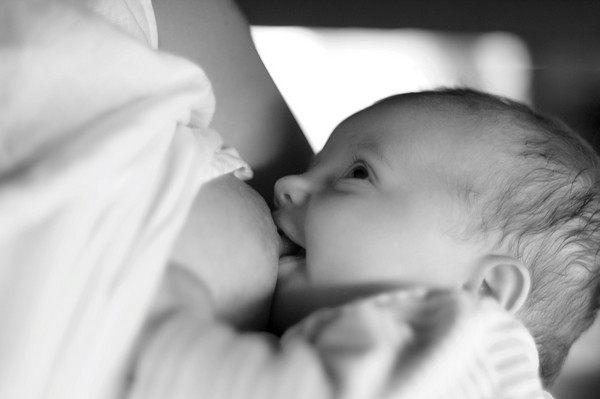What can I do to relieve engorgement?
The best way to relieve engorged breast is to nurse your baby frequently. A newborn should eat every 2-3 hours. If you can’t nurse your baby, then you will need to express the breast milk using a breast pump or hand-expression. Note: To avoid over-production, don’t empty the breasts completely unless you plan to feed your baby expressed breast milk with a bottle or are trying to increase your milk supply for freezer stash.
How do I avoid engorgement?
Feeding your baby frequently is the best way to prevent your breasts from becoming engorged. It is important that you try not to miss any feedings, especially at night, during the first few weeks. As your baby starts sleeping through the night, you will notice that you will wake up with engorgement. Feed your baby normally in the morning and don’t express additional milk, your breasts will naturally reduce the milk supply slowly.
My breasts are engorged and baby will not latch, what can I do?
If your breasts are so engorged that your baby won’t latch, you will need to express a small amount of milk using a manual hand expression or a breast pump. You don’t need to pump very much milk, but just enough to make the milk flow and to make the areola softer. After, expressing some breast milk, try to feed your baby again. Also, you can gently massage the breasts while your baby is nursing to help stimulate milk flow.
What is mastitis?
Mastitis is an infection that occurs in the tissue in the breast. Nursing mothers are prone to puerperal mastitis, which is connected to pregnancy, breastfeeding, and weaning. When a mother is breastfeeding, the cause of the infections is thought to be caused by blocked milk ducts or excess milk. It is best to get prompt treatment from a healthcare professional if you think you have mastitis, as the infection can spread very rapidly. Most infections are caused by Staphylococcus aureus, Staphylococcus epidermidis, or Streptococcus.
What are the signs and symptoms of mastitis?
If you have one or more of the following symptoms please see your doctor or health care professional:
- Tenderness of the breast
- Breast is warm to the touch
- Swollen breast
- Redness of the skin on the breast or under armpit that appears to take on a wedge shape
- Lumpy or Redness on your breast that doesn’t go away
- Pain or burning sensation that doesn’t go away or while feeding your baby
- Ill feeling or malaise
- Run a fever greater than 101%degree F or higher
- Flu like symptoms: fatigue, aches, chills, shivering, anxious, or stressed
What can I do if I think I have a plugged milk duct?
As soon as you think that you have a plugged milk duct, begin trying to get the milk duct unclogged using some of the tips:
- Apply heat
- Massage area
- Feed as often as possible
- Use a breast pump to stimulate milk flow while massaging affected area
- Feed baby with nose pointing towards the affected area
- Get on all fours and dangle breast over baby.
- Take Ibuprofen, active ingredient in Motrin to reduce swelling and inflammation
Have you ever had a breast infection?
